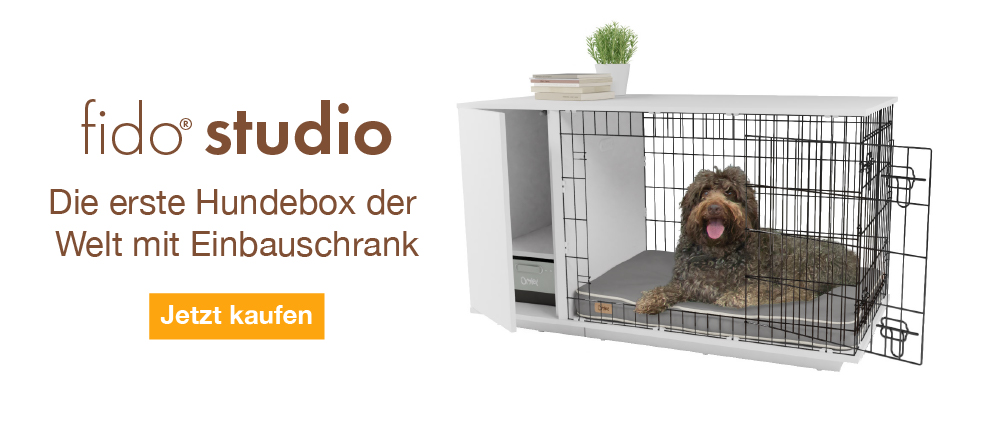Cão da Serra da Estrela




Geschichte
Like many guarding breeds in Europe, the Estrela Mountain Dog is thought to be related to the Molosser dogs brought by the Romans, thousands of years ago. It originates from the Serra de Estrela mountains in Portugal and is one of the oldest breeds there. The exact origin is unknown, but due to it's remote location, the farmers only bred from the best stock they had and the bloodline was kept pure until modern times, when access to the area improved. They were used to guard sheep and goats from wolves and would often wear a spiked collar to protect them from wolf attack.
Very little was known about the breed until the 1970's, when 2 breeding pairs were exported to America, but it was the Uk that was the first country to register the breed outside of Portugal.
Verhalten
The EMD is a loyal, watchful and devoted breed. They love being around their family and are wonderful with children of all ages. They have a protective nature, but this is more a natural concern, than any form of aggressive. They will watch over children, smaller dogs, cats, chickens and anything else that they deem needs a eye keeping on it. They need early socialisation with strangers, children and different places to prevent them becoming too family protective. Forever faithful, they make excellent watch dogs and will also guard your home against intruders. They are fearless and imposing when needed, but in the home they are calm and content around those they love and will want cuddles. It is a good idea to take them to adult dog classes to stop them becoming too watchful over other dogs.
Training is possible but you will need a sense of humour. EMD's are very strong minded and independent thinks, so need form leadership and consistent training. Reinforcing the training often to keep them in order is best practise, but they are responsive to kind words and actions and will want to please you. Recall can be a bit hit and miss at times, but they usually come back when called. Working with them in agility and other activities will keep them mentally stimulated and they enjoy the work. Some have been used by Search and Rescue teams, so it shows that if the work is put in, they can be trained to a high standard.
As a working dog, the EMD has a lot of stamina, but doesn't need hours of exercise. They are happy with a long walk every day and a play session in the garden. They can run with surprising speed for such a large dogs and enjoy the chance to run around in a safe area. They need a fully fenced garden as they have been known to wander off. Once walked they are docile in the house and happy to sleep.
Their double coat is thick but only requires a decent grooming session once a week to get rid of dead hairs. It resembles goat hair and a rake comb should be enough for keep it looking in good condition. It comes in long haired and short haired varieties. Unlike other large breeds, the EMD tends not to slobber and has quite a dry mouth.
Like many large breeds, the EMD can suffer from Hip and Elbow Dysplasia. Many believe they are healthier if fed a low protein diet.
Einzelheiten zur Rasse
- Status: Common
- Lebenserwartung: 12 - 15 years
- Gewicht: 80 - 130 pounds
- Höhe: 24 - 30"
- Selten: Nein









